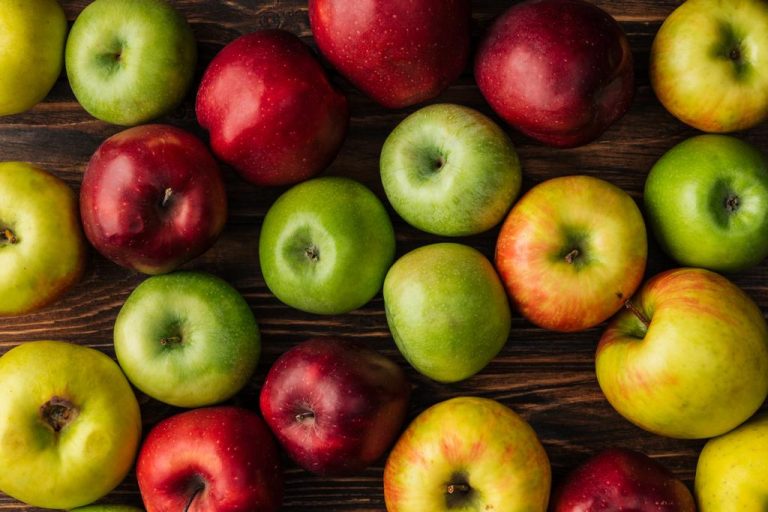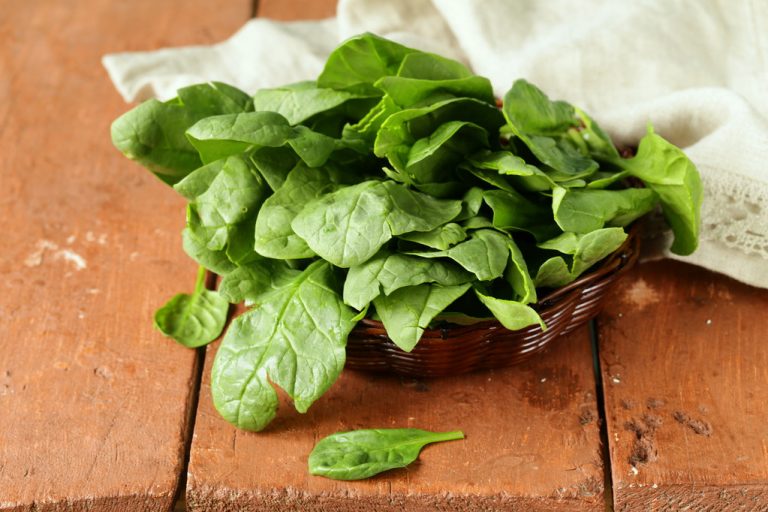Introduction: Uruguayan cuisine and its influences
Uruguayan cuisine is an amalgamation of indigenous and European flavors. The country’s gastronomy has evolved over time, influenced by various European cultures that have made their mark on Uruguayan cuisine. Among these, Spanish and Italian cultures have played a significant role in shaping the country’s culinary heritage. The influence of Spain and Italy in Uruguay can be seen in the wide variety of dishes, spices, meats, and cooking techniques used in Uruguayan cuisine.
Spanish influence in Uruguayan cuisine
Spanish influence on Uruguayan cuisine is evident in the use of spices and ingredients commonly found in Spanish kitchens. Spanish cuisine is characterized by its use of saffron, paprika, garlic, and olive oil, all of which are staples in Uruguayan cooking. Spanish dishes like paella, tortilla, and chorizo have become popular in Uruguayan cuisine. These dishes are typically served as tapas or appetizers in Uruguayan restaurants.
Spanish influence can also be seen in the way Uruguayan meats are prepared and cooked. The Spanish tradition of grilling meats over an open flame has been adapted in Uruguay, where asado, a type of barbecue, is a staple at any Uruguayan gathering.
Italian influence in Uruguayan cuisine
Italy’s influence on Uruguayan cuisine is no less significant than that of Spain. Italian immigrants have brought their culinary traditions to Uruguay, which have been embraced by the locals. Italian dishes like pizza, pasta, and risotto have become popular in Uruguay, with many Uruguayan chefs putting their twist on these dishes.
Italian influence can also be seen in the use of ingredients like tomatoes, basil, and Parmesan cheese. These ingredients are commonly used in Uruguayan cooking, and dishes like milanesa, a breaded and fried meat dish, and gnocchi, a potato dumpling dish, have become staples in Uruguayan restaurants.
Common dishes from Spanish and Italian cuisine found in Uruguay
Some of the most popular dishes in Uruguayan cuisine have Spanish and Italian origins. Asado, a type of barbecue, is a staple in Uruguayan cuisine, and chorizo, a type of Spanish sausage, is often served alongside it. Empanadas, a type of stuffed pastry, is another popular dish in Uruguay and can be found in both Spanish and Italian cuisines.
Italian influence can be seen in dishes like pizza and pasta, which have become ubiquitous in Uruguay. Pizza is often served with a variety of toppings, including ham, cheese, and olives, while pasta dishes like spaghetti and lasagna are typically served with meat sauce or marinara sauce.
The fusion of Spanish and Italian flavors in Uruguayan cuisine
The fusion of Spanish and Italian flavors has given rise to new dishes in Uruguayan cuisine. One such dish is chivito, which is a sandwich made with beef, tomato, lettuce, ham, mozzarella cheese, and mayonnaise. The dish is said to have been inspired by the Italian dish, Milanese, and the Spanish dish, choripán.
Another fusion dish is fainá, which is a type of flatbread made with chickpea flour and is typically served with pizza. The dish is said to have been inspired by the Italian dish, farinata, and has become a popular accompaniment to pizza in Uruguay.
Conclusion: The lasting impact of European flavors on Uruguayan cuisine
The influence of Spanish and Italian cultures on Uruguayan cuisine is undeniable. The use of spices, ingredients, and cooking techniques from Spain and Italy has contributed to the unique flavors of Uruguayan cuisine. The fusion of Spanish and Italian flavors has given rise to new dishes in Uruguayan cuisine, which have become staples in the country’s culinary heritage. The lasting impact of European flavors on Uruguayan cuisine is a testament to the country’s rich cultural diversity and its ability to adapt to the changing culinary landscape.



















